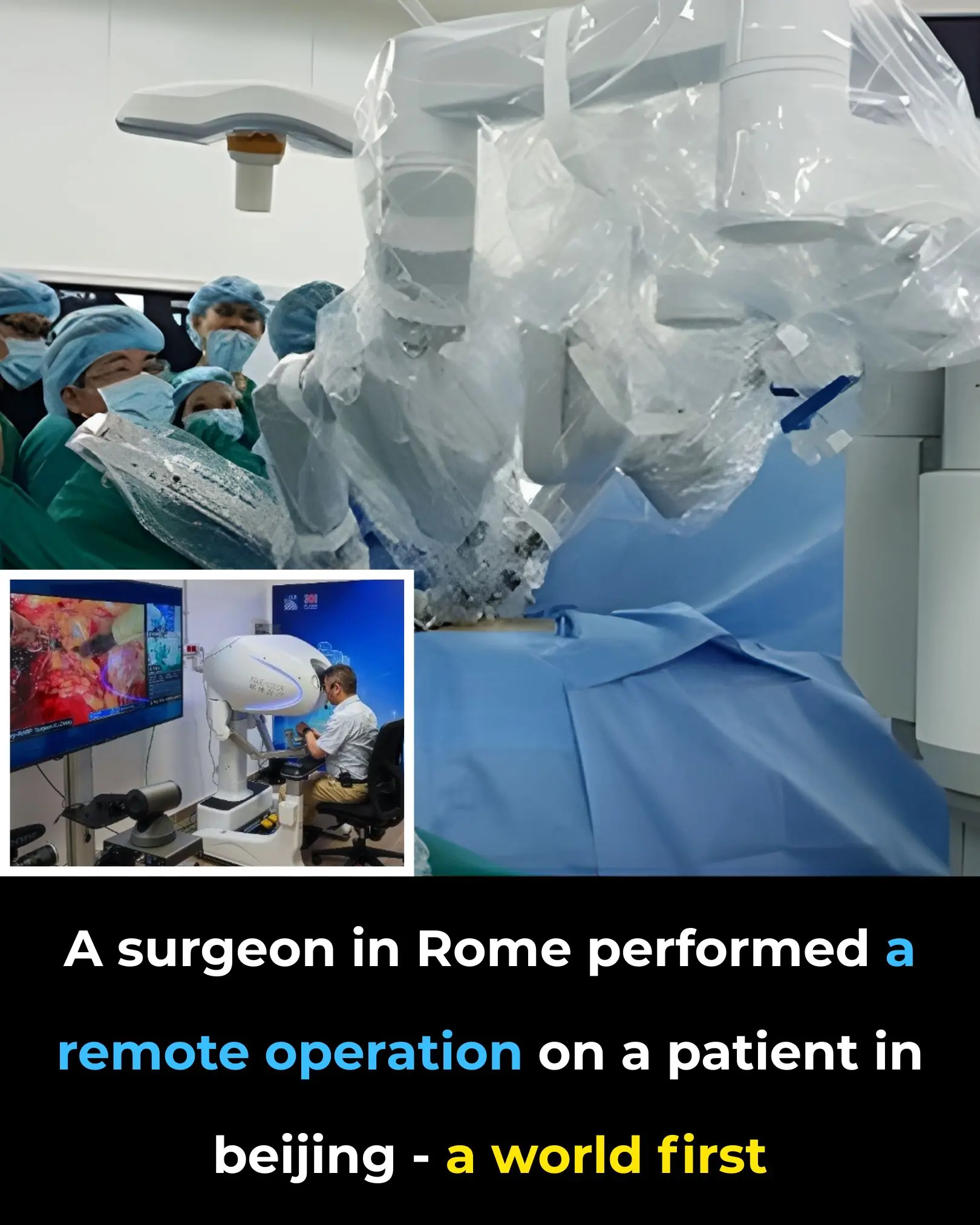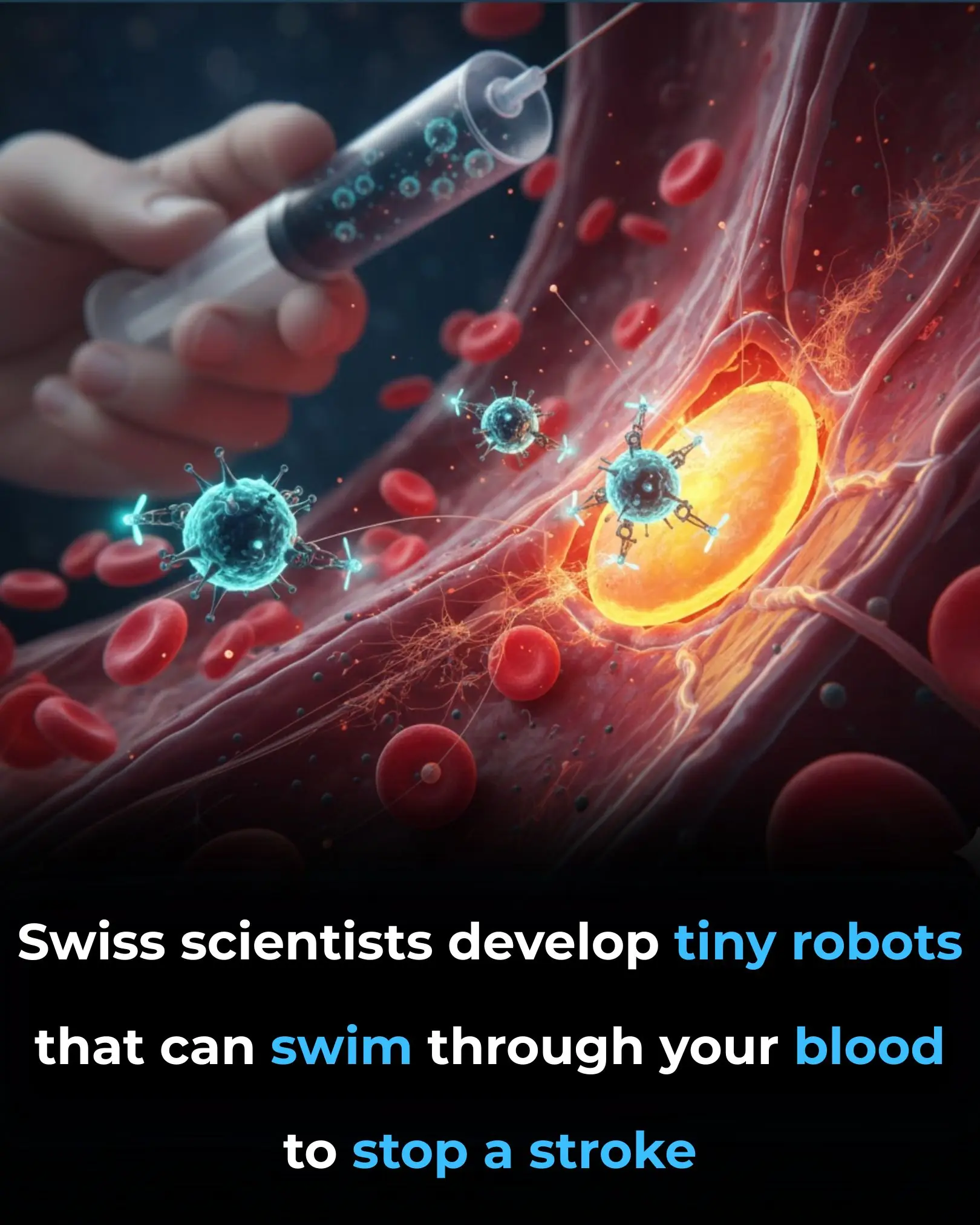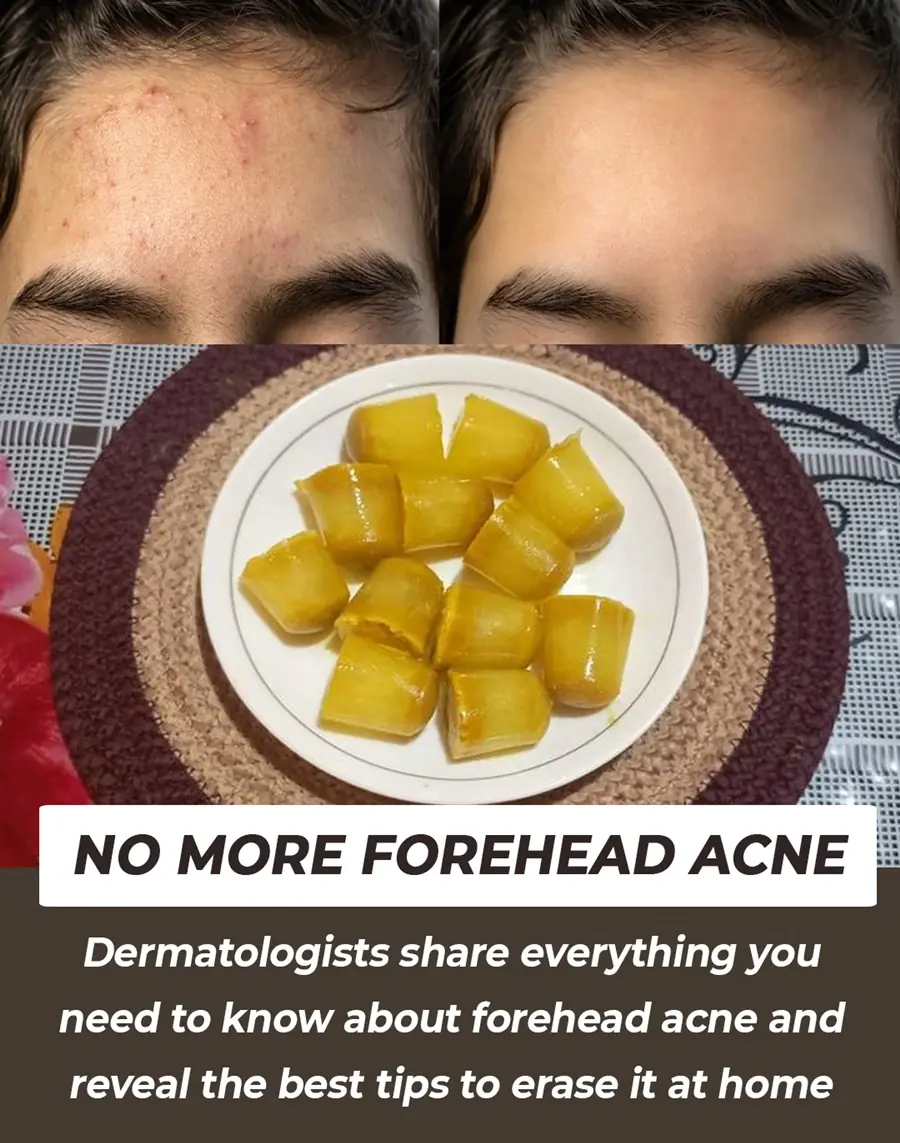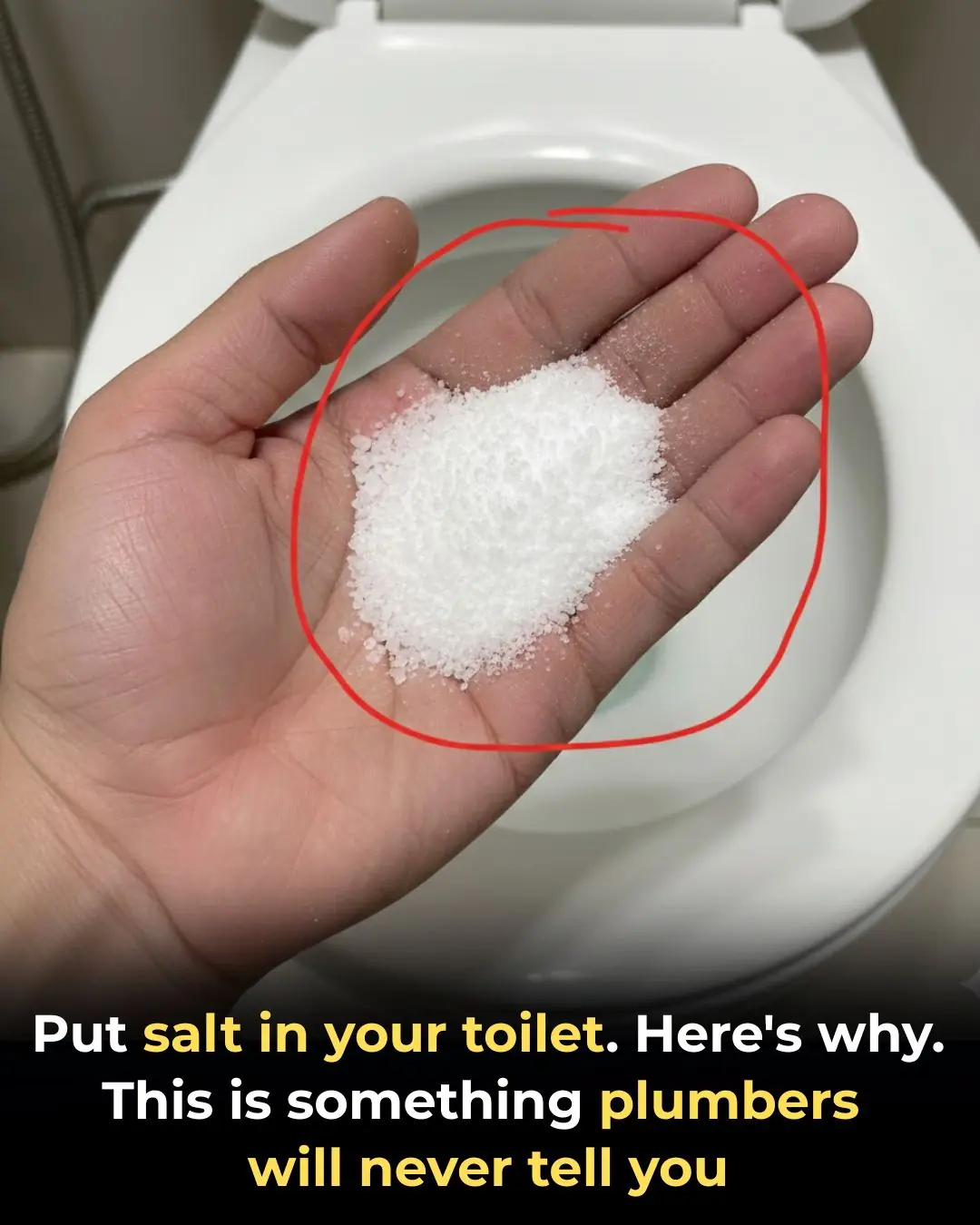
🌊 A Paradigm Shift in Urology: Non-Invasive Shock Wave Lithotripsy Revolutionizes Kidney Stone Treatment
Kidney stones, medically known as nephrolithiasis, represent a significant global health burden, causing severe pain, emergency room visits, and frequently necessitating surgical intervention. Traditionally, treatment often involved invasive procedures or methods requiring general anesthesia and prolonged recovery. However, a groundbreaking non-invasive therapy is poised to fundamentally change the landscape of urological care: targeted sound wave lithotripsy, specifically known as Extracorporeal Shock Wave Lithotripsy (ESWL). This advanced technique uses precisely focused shock waves to break down renal calculi into fragments small enough to be passed naturally by the body.
The Mechanism of Extracorporeal Shock Wave Lithotripsy (ESWL)
ESWL is an ingenious medical innovation. The treatment involves a specialized lithotripter device that generates focused, high-energy acoustic pulses—shock waves—outside the body (extracorporeal). Using real-time imaging, either fluoroscopy or ultrasound guidance, these shock waves are precisely targeted at the kidney stone.
When the waves encounter the dense stone structure, they create compressive and tensile forces that shatter the stone into tiny sand-like particles (typically less than $2$ millimeters in diameter). The goal is to fragment the stone sufficiently so that these minuscule pieces can travel through the urinary tract and exit the body without causing obstruction or significant pain. Crucially, the surrounding soft tissues, which have elastic properties, absorb the shock waves without sustaining significant damage, making the procedure highly localized and safe.
Enhanced Patient Experience and Reduced Risk
One of the most compelling advantages of modern ESWL is the dramatically improved patient experience. Unlike many conventional procedures, ESWL often requires no general anesthesia. In many cases, patients only require light sedation or local pain management to mitigate any mild discomfort associated with the shock waves. This eliminates the risks and side effects associated with general anesthesia, allowing the treatment to be performed in an outpatient setting.
The recovery profile is equally favorable. Patients experience minimal discomfort post-treatment and can often resume normal, non-strenuous activities within hours. This contrasts sharply with traditional surgical methods like percutaneous nephrolithotomy (PCNL) or ureteroscopy, which often involve multiple days of recovery and potential complications such as infection or bleeding.
Proven Efficacy Across Varied Stone Presentations
Clinical studies have consistently validated the effectiveness of ESWL across a wide spectrum of stone sizes and anatomical locations. It is proven to be highly effective for renal stones situated within the kidney pelvis or calyx, and for stones lodged in the upper ureter. The procedure's success rate, often measured by "stone-free rate" or the residual fragment size, is competitive with more invasive alternatives, especially for stones of moderate size (typically $0.5$ cm to $2.0$ cm). A significant benefit is the ability to treat stones non-invasively that would otherwise require telescopic instruments to navigate the urinary tract.
While not suitable for all cases—such as stones that are extremely hard, very large, or located in difficult-to-access lower calyces—ESWL provides a safer, easier option for a vast majority of the thousands of kidney stone patients diagnosed globally each year. Continued advancements in lithotripter technology, including improved targeting systems and better wave generation, are further expanding the range of patients who can benefit from this non-invasive approach. This innovation truly represents a safer, easier, and more accessible solution for managing nephrolithiasis, minimizing the burden on both the patient and the healthcare system.
📚 References
-
American Urological Association (AUA) Guideline: Stone Disease: AUA Guideline. This official guideline provides recommendations on the use of ESWL as a primary treatment for renal and ureteral stones.
-
Tiselius, H. G. (2018). Extracorporeal shockwave lithotripsy (ESWL): a contemporary assessment of the clinical usefulness. European Urology. (A definitive review of current ESWL technology and effectiveness).
-
Scales, C. D., Jr., et al. (2012). Prevalence of kidney stones in the United States. European Urology. (Provides context on the prevalence and clinical need for effective treatments).
-
National Institute for Health and Care Excellence (NICE). Extracorporeal shockwave lithotripsy (ESWL) for urinary tract stones. (Comprehensive clinical guidance on the procedure, outcomes, and safety).
News in the same category


A Simple Superfood That Enhances Your Baby's Brain Development During Pregnancy

Nature’s Defense: How Guava May Support Liver Health and Fight Cancer Cells

The Powerful Role of Eggs in Supporting Early Memory and Learning in Babies

📱 The End of Wallet Clutter: Apple’s Digital ID Revolutionizes Identity Verification and Travel

Lighting the World Without Batteries: A Teen’s Breakthrough in Thermoelectric Innovation

Judy Faulkner: The Billionaire Tech Entrepreneur Pledging 99% of Her Fortune to Philanthropy

🤝 The Collaborative AI Future: OpenAI Launches WhatsApp-Like Group Chats in ChatGPT

Unlocking Nature’s Medicine: How Fermented Stevia Could Transform Future Cancer Treatment

True Devotion in Fatherhood: The Power of Showing Up, No Matter the Circumstances

🇯🇵 Innovation with Compassion: Japan's Heated Benches Offer a Practical Solution to Protect the Homeless

🔦 Stepping into the Upside Down: How Netflix is Revolutionizing Fan Engagement with Immersive Stranger Things Experiences in London

Historic Transcontinental Robotic Surgery: Doctor in Rome Performs Live Surgery on Patient in Beijing

🧠 The Nocturnal Rinsing Cycle: Deep Sleep, CSF Dynamics, and the Fight Against Alzheimer's

When Convenience Becomes a Crisis: The Global Impact of Ultra-Processed Foods

Targeting a Hidden Brainstem Circuit: New Breakthrough Reverses Core Autism Symptoms in Lab Models

AI Models Ignoring Human Shutdown Commands: A Growing Concern for Safety and Control

Portuguese Mother Discovers Her Twin Boys Have Different Fathers in Rare Case of Heteropaternal Superfecundation

Revolutionary Magnetic Microrobots Could Transform Stroke Treatment with Targeted Therapy
News Post

Unlock Radiant Skin: The Ultimate Guide to Using Beetroot Gel for Glowing, Spotless Skin

Fenugreek Seeds for Hair Growth: The Power of Fenugreek Hair Rinse and Its Benefits for Hair

Japanese Milk Wax To Get Rid Of Unwanted Facial Hair

When Will I Outgrow My Acne? The Difference Between Adult and Teen Acne

5 Mascara Tips For Short Lashes

LEVEL UP YOUR LASH GAME: Top 5 Tips for Eyelash Extension Success!

Forehead Acne and What to Do About It

11 Common Eyebrow Mistakes Women Make in Their 60s (And How to Fix Them!)

How to Prevent and Treat Age Spots: Expert Tips for Radiant Skin

5 Ways Your Skin Changes as You Age and How to Keep It Vibrant

DIY Fenugreek Oil for Hair Growth – Get Thick Hair

Brow Boosting Serum: The Natural Way to Achieve Full, Thick Eyebrows

Why You Should Be Putting Salt in Your Toilet

Why Some Children Don’t Visit Their Parents Often

DIY Vaseline Cream: The 4-Ingredient Glow Hack That Makes Your Skin Baby-Soft Overnight

DIY Fenugreek Hair Masks for Hair Growth & Reducing Hair Fall

Will Americans Receive $2,000 Stimulus Checks? What You Need to Know

Revolutionary Miniature Implant Offers New Hope for Restoring Vision in Macular Degeneration Patients

A Simple Superfood That Enhances Your Baby's Brain Development During Pregnancy
